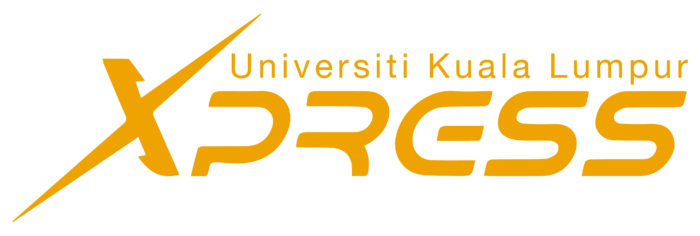Universiti Kuala Lumpur (UniKL) has achieved a significant milestone with the acquisition of a research grant exceeding RM303,000 dedicated to the development of an Artificial Intelligence River Rating and Ranking System (AiR3S).
This collaborative initiative, conducted in partnership with the National Water Research Institute of Malaysia (NAHRIM), marks a pivotal advancement in river management methodologies.
NAHRIM’s allocation of RM303,943.20 underscores the strategic importance of this four-year research endeavour aimed at elevating conventional river assessment techniques through the integration of cutting-edge artificial intelligence (AI) technology.
This funding injection is set to catalyse UniKL’s efforts to enhance the efficacy and precision of river monitoring and evaluation processes.
The core framework of AiR3S revolves around the comprehensive analysis of river criteria and performance metrics, encapsulating the vital aspects of Safety, Suitability, and Sustainability (3S).
By incorporating these fundamental parameters, AiR3S promises to deliver a holistic and nuanced perspective on river health and integrity.
The official handover of the grant took place during the Majlis Malaysia Artificial Intelligence Nexus 2024 (MY AI NEXUS 2024) event, witnessed by the Minister of Higher Education, Dato’ Seri Diraja Dr. Zambry Abd. Kadir.
Underpinning AiR3S are sophisticated methodologies and analytical techniques, including but not limited to rain data analysis, water flow dynamics, satellite imaging, and machine learning algorithms.
This multifaceted approach empowers AiR3S to furnish stakeholders with accurate and actionable insights into river conditions and quality assessments.
Beyond its technical prowess, AiR3S holds profound implications for policy-making and resource allocation within the realm of river management.
By providing decision-makers with robust data-driven insights, AiR3S aims to streamline and optimise interventions related to river rehabilitation, pollution mitigation, and infrastructure development.
Furthermore, the collaborative nature of this research initiative extends to various governmental and non-governmental entities, including the Malaysian Department of Environment (DOE), the Department of Irrigation and Drainage, the Malaysian Space Agency (MYSA), and regional water regulatory bodies.












